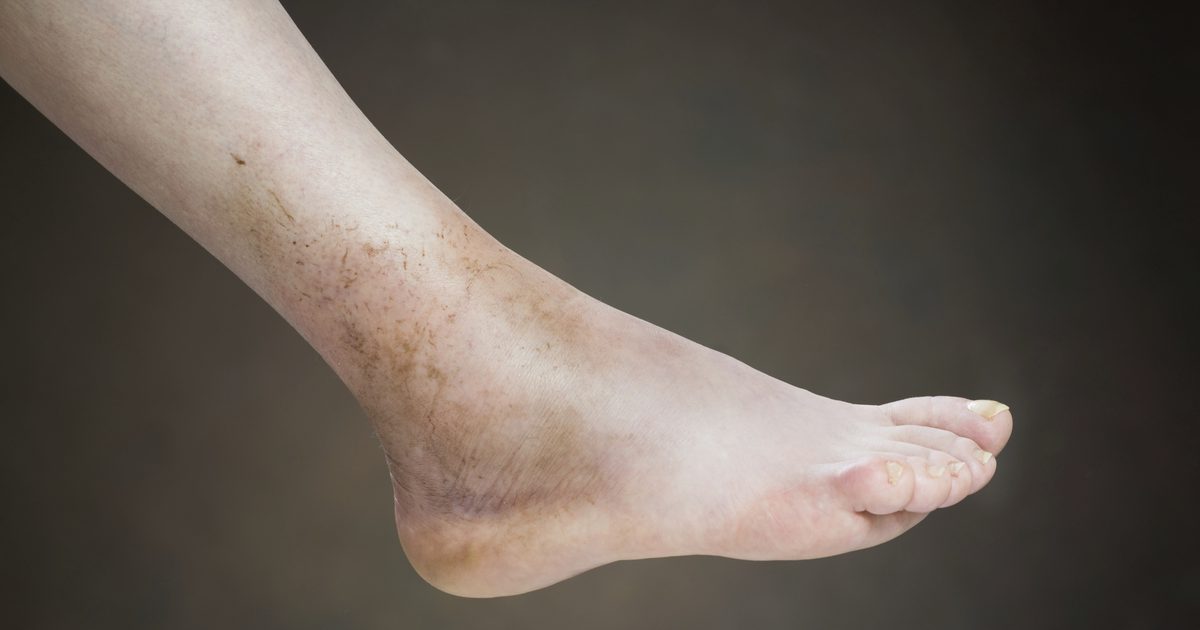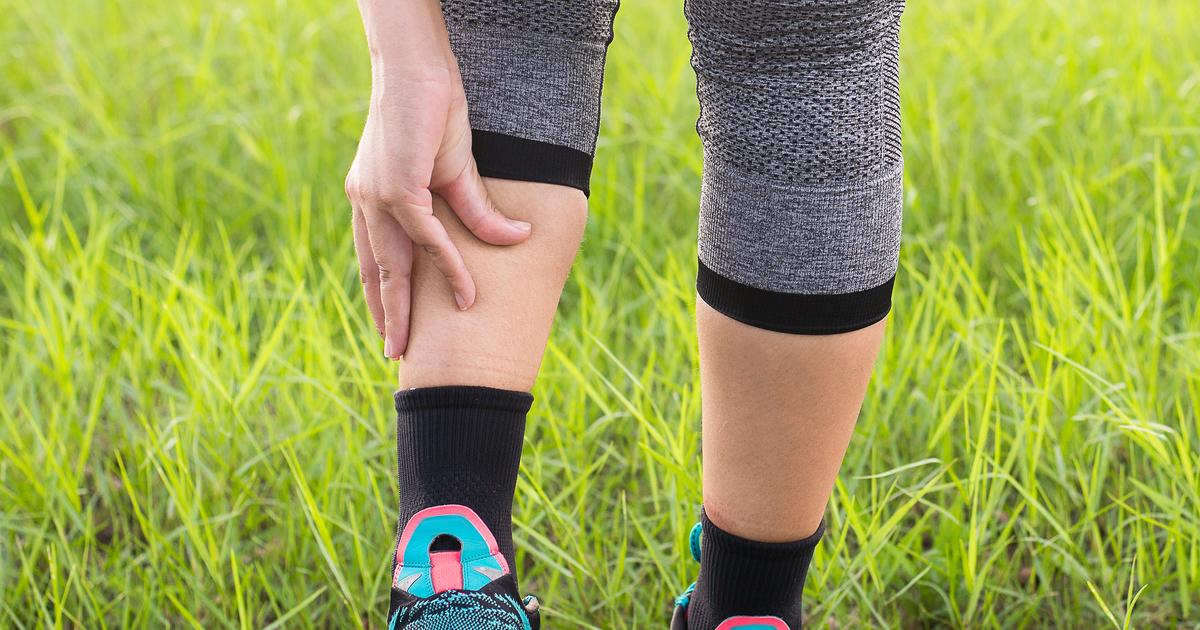Symptoms Of Varicose Veins
Itchy Legs
Venous stasis dermatitis is a condition that causes varicose veins to become itchy. As blood pools in the venous system and the pressure builds, venous blood can after some time leak out into the skin. As a result, not enough oxygen and blood can reach the skin. The skin over the vein becomes itchy and red, and sores that may ooze fluid can form. As the condition worsens, it becomes very itchy, which can be uncomfortable for the patient. The condition is due to circulatory problems. The one-way valves that pump blood back to a patient's heart and lungs stop working properly, leading to venous insufficiency, the pooling of the blood in the legs, and bulging varicose veins.
Get to know another varicose vein symptom now.
Mild Foot And Ankle Swelling

Two systems of veins help pump venous blood back to the heart and lungs to be replenished with oxygen. Superficial veins are located just beneath the surface of the skin, and the deeper veins are located closer to the bones and can not be seen by looking at the skin of the legs. Superficial veins can be seen around the ankles, top of the foot, calves, and thighs as twisted bulges. Deep vein insufficiency may not be seen as large bulges from the skin, but it can result in chronic swelling of the ankles, feet, and legs. Since the blood is not being circulated back to the heart, due to valves that are not working properly, it pools in the legs, causing swelling in the feet and ankles. This condition is called edema. If the edema continues for a long time, it can cause discoloration of the overlying skin, leading to venous stasis dermatitis. It can also cause an ulcer to develop on the skin.
Reveal more signs of varicose veins now.
